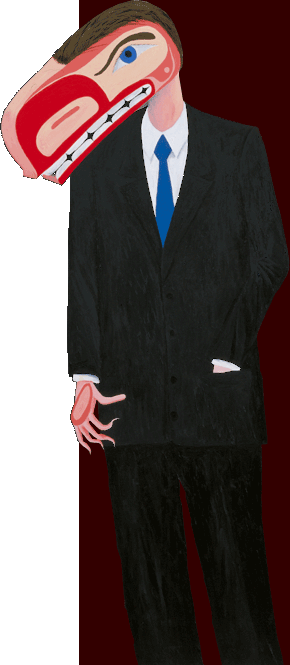WHAT'S THECONCEPT?
To view contemporary indigenous art/artists as provocations for creative and critical thinking.
WHY?
-
Allow our selves and our teaching to be inspired & lead by indigenous people who challenge thinking, politically and culturally
-
Building a broader understanding of and respect for contemporary, post-residential school, indigenous peoples and communities
(see first 2.5 min of TedTalk by Matika Wilbur below)
-
Empowering voices and messages from across Turtle Island to sound in our local community
-
Self-reflection

Matika Wilbur (Swinomish and Tulalip Tribes)
The first 2min 20 seconds of this talk are both enlightening and powerful.
Concerned with representation and the empowerment of indigenous youth, she describes her current work as aiming to "counteract" simplistic views of indigenous peoples to "create positive indigenous role models from this century"
Her project of documenting the contemporary lives of all 562 US nations through photography:


In all the subject areas, the curricular competencies (the skills we teach: what we want the kids to "do" with knowledge) are basically the same. It's the curricular context that changes: analyze literature, analyze data, analyze political action...
Knowledge/content is pretty useless if we don't know how to do anything with it. So, here we are developing the transferable skills that can be found in Bloom's Taxonomy.
*when using Bloom's resources online, check that they are the based on the Revised Bloom's Taxonomy. The revised version was based on Bloom's criticism of his own work. It also ties better into Design Thinking and other commonly used frameworks .